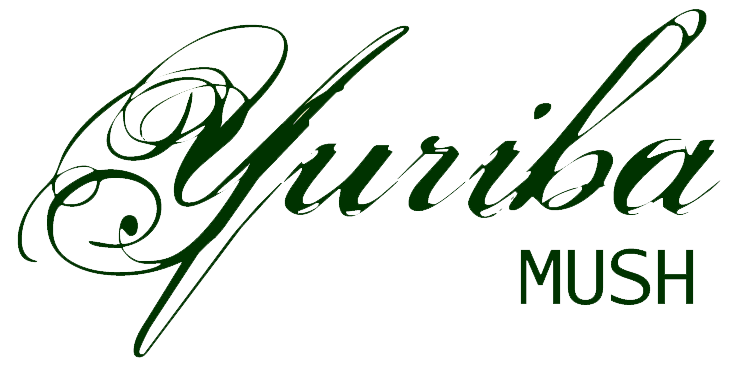Huang pepper
Huang pepper, or "Huang Yi Yu Mao" (凰翼羽毛, lit. Phoenix Wing Feather) is a rare species of capsicum, or chili pepper, found in the Dubhcoille forest. Discovered by Meichen Long and Morrigana, this unique pepper is named for its flat, thin shape and extreme heat. At present, it is only cultivated in the greenhouse at Caislean Dubhcoille.
Characteristics/Uses
The Huang Yi Yu Mao pepper plant, named by Meichen (also the first Yuriban citizen in recorded history to cook with this rare chili pepper), is recognized botanically by its long, amber-gold leaves that resemble bird feathers in shape. It needs little water but plenty of sunlight. Its fruit, too, has a long, flat shape when mature, save for a slight bulge at the end of the pepper where seeds are kept. The peppers grow from small, seven-petaled white blossoms in the plant, their color cycling from a dark green to a deep cadmium red as they mature and ripen.
Huang peppers have varied culinary uses. When green to greenish-yellow in color, they have a sweet and mild flavor similar to banana peppers, making them ideal at this stage to be used sliced or julienned in salads and sandwiches, pickled, or eaten whole. As they ripen, however, the peppers produce capsaicin at an alarming rate and begin to take on a red hue, making it difficult to select the chili for a lower desired heat as it ripens. At present, the hottest Huang pepper recorded rated approximately 600,000 on the Scoville scale, overtaking the Red Savina as the second hottest pepper in the world (the first being the Naga Jolokia pepper in India); this particular pepper was given two weeks to ripen and then dry in the sun. The pepper can also irritate the skin and eyes on contact with its outer skin at its ripest, making gloves and care essential when harvesting it.
Although still edible at its hottest, only hardcore chili-heads, salamanders, red or other fire-breathing dragonkin, and other species of humanoids or creatures closely attuned to the Fire element are able to withstand its heat. It is not recommended for consumption at its ripest otherwise, as the amount of capsaicin in the pepper can cause the eyes to tear up uncontrollably and the heart to race at unsafe levels, as well as hyperventilation in asthma sufferers. As such, at the ripest stage, it is safer to consume the pepper by extracting its oils or seeds and using them as a food additive in spicy dishes with many ingredients. Yuriban citizens, with the noted exception of breisleach, usually prefer the Ochre Salamander as a safer alternative, though the adventurous and daring (or dared) palate finds that aside from its extreme heat, the Huang pepper has a lightly sweet and prominent flavor that blends well with all kinds of meats, particularly if sweet onions, celery or radishes also accompany the dish.
Other suggested uses for it have been a possible albeit painful remedy for nasal congestion and an additive in a spray to keep stray animals away from gardens.
